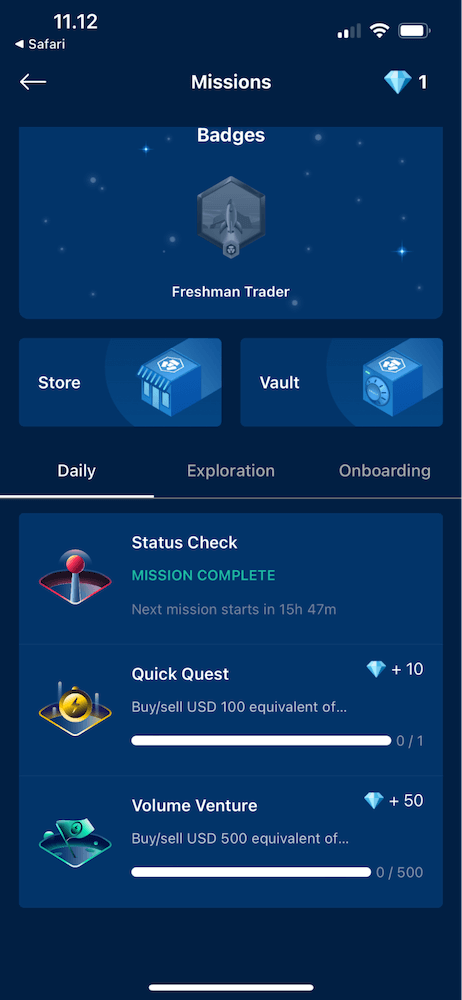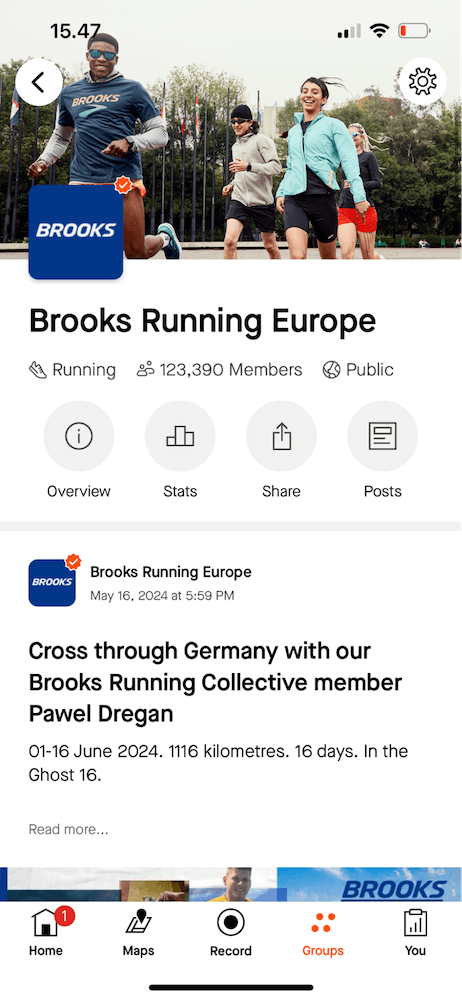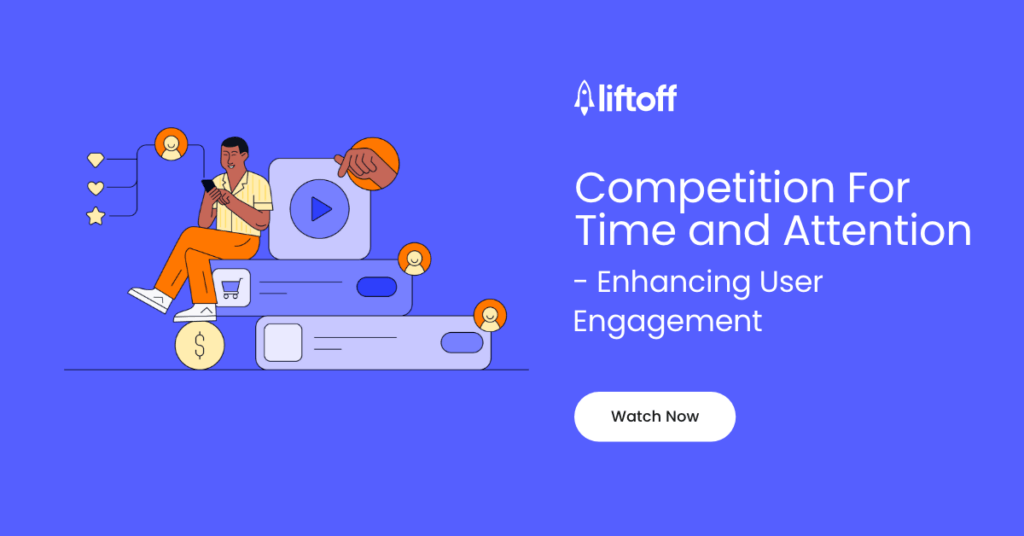
How Consumer Apps Are Winning the Competition for Time and Attention
In the cutthroat landscape of consumer apps, developers constantly swim upstream to capture and retain valuable users. However, we noticed a trend among perennial chart-topping mobile apps: they prioritize audience engagement and retention. In this blog post, we explore these apps’ three key strategies to win the competition for user time and attention.
1. Implement reward systems
A reward system is a feature that gives users benefits, such as points or coins, for completing desired tasks. Those points can then be used to take further action in the app. Reward systems drive what we call a “progression loop”—the rewards incentivize further engagement, allowing users to earn more rewards, driving more engagement.
In addition to boosting engagement, reward systems improve retention. Mobile apps can offer weekly or monthly tasks to keep users returning regularly.
Reward systems can be implemented across nearly any app vertical. We’ve even seen reward systems implemented in common utility apps, where users collect tokens for utilizing the main app features. They can then earn extra tokens for opening and using the app on consecutive days, building a “streak.” Users can then redeem tokens for gift cards, sweepstakes entries, or charitable donations.
Finance apps, especially in crypto, leverage reward systems. They integrate task-reward loops for financial management, helping to motivate users to complete financial tasks and ultimately drive higher user engagement.

Crypto.com’s reward system.
2. Build strong communities
Social status and community are strong motivators that encourage user engagement and retention. This is why apps that foster community through the app experience see stronger user affinity and higher lifetime engagement. But how can an app build a community that feels authentic to the user and the brand?
Creating a space for users to share user-generated content allows for self-expression, connection, and social status. It adds a social layer to existing content through the initial user-generated content uploaded to the community and the comments and engagement on each user post. This adds the benefit of saving on content creation resources because the community uploads the content and creates opportunities for additional engagement.
Team systems are another great way to capitalize on a user’s desire for social status and connection. To understand how team systems work, think about how your favorite fitness app adds a layer of competition and connection. Typically, users can join a team to compete against other teams and those within their team. Subfeatures like leaderboards, chats, and team-to-team competitions inspire user engagement and encourage user retention.

Strava builds community through its clubs feature.
3. Innovate how you monetize
Apps must transcend beyond basic subscriptions if they’re truly interested in improving user lifetime value and driving more revenue. Adding elements of convenience or even gamification to a subscription plan can help to make an app more engaging for your users and keep them coming back. For example, taking inspiration from the season pass system that is so popular in mobile games is a great way to drive user retention. With a season pass, for a user to get the most out of their subscription, they need to complete tasks or engage with the app, which boosts app engagement. Although all users get a limited number of benefits from a season pass, paying subscribers get exclusive perks. This means paying and non-paying users are incentivized to engage further with the app, and non-paying users are more likely to convert to paying users to unlock those extra benefits.
Season passes have immense potential in habit-building apps, such as those focused on education, wellbeing, and fitness, where they would naturally support user progression and sustained engagement. In education apps, a season pass could introduce weekly or monthly challenges that reward users with in-app currency, virtual badges, or exclusive content as they advance through different learning modules. Similarly, fitness apps could use a season pass to reward users for completing daily workouts, achieving specific fitness milestones, and participating in community challenges.
Wrapping up: The user engagement trifecta
Successful consumer app developers today constantly consider what motivates their audience and how their app features will satisfy those motivations. These three strategies—reward systems, community building, and innovative monetization—will help developers maximize their users’ lifetime value.
As Head of Activations at GameRefinery, Christie Crable leverages Liftoff Intelligence’s comprehensive data to ensure Liftoff’s key partners stay ahead of trends and optimize their mobile apps for maximum success in the competitive market.
